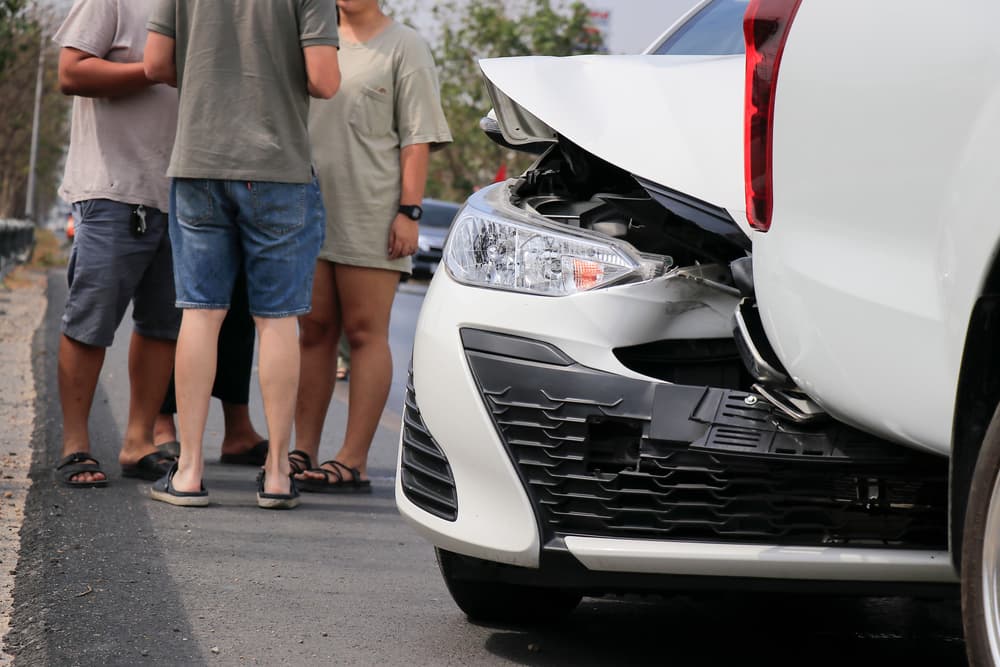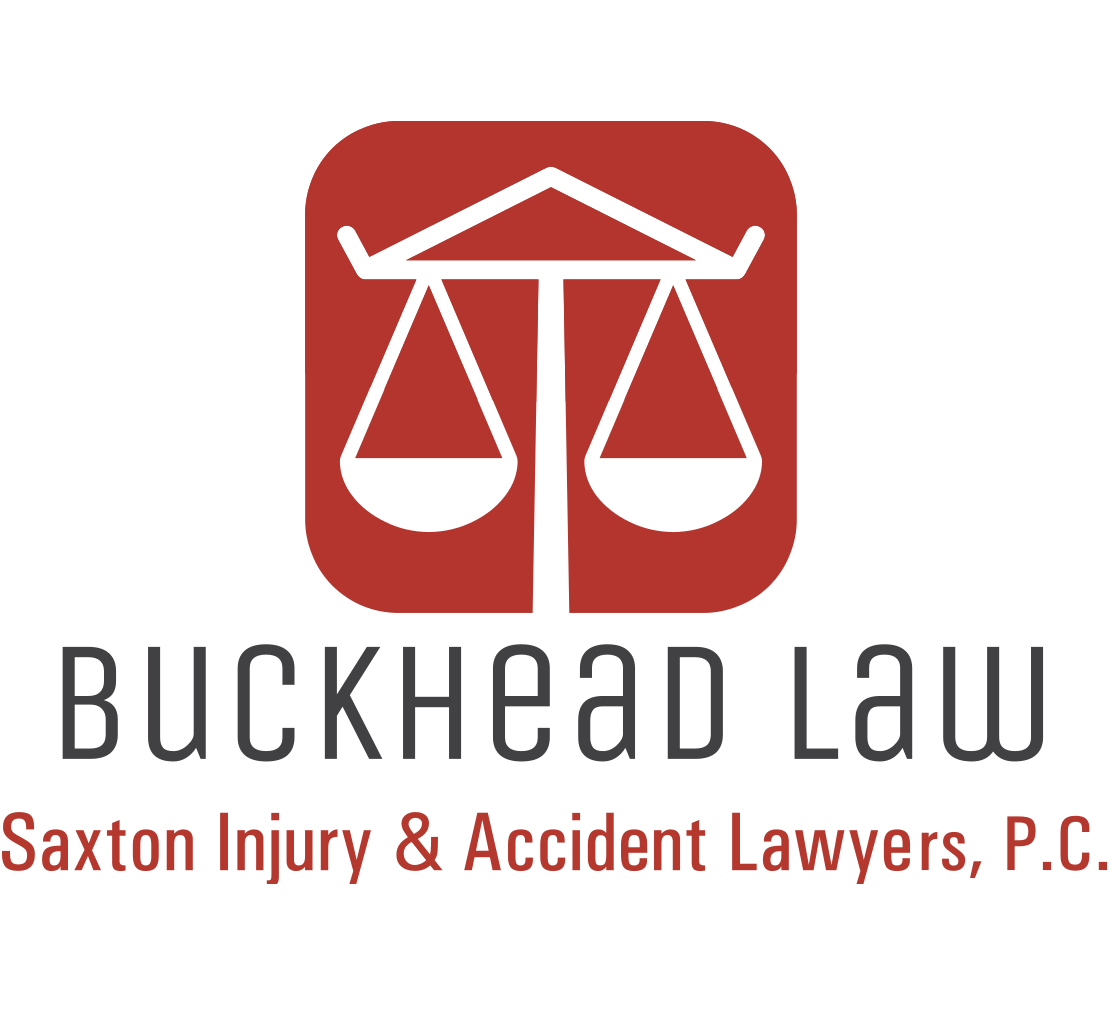A rear-end collision is one of the most frequent types of car accidents. These accidents often catch drivers off guard and can result in serious bodily injuries and costly vehicle damage.
After a car accident, it’s normal to feel disoriented and overwhelmed. Understanding the proper steps to take is essential for ensuring your well-being and protecting your legal rights and interests.
What to Know About Rear-End Collisions
Several factors can cause rear-end collisions, such as distracted driving, tailgating, wet roads, or mechanical failures. Depending on the speed and force of the impact, rear-end collisions range from minor fender-benders to severe crashes, such as high-speed chain-reaction collisions. They can even occur in parking lots and busy side streets or while a driver is parallel parking.
How Common Are Rear-End Collisions?
Rear-end collisions are one of the most common types of accidents. According to the National Highway Traffic Safety Administration, 32.5 percent of all motor vehicle collisions in one year were rear-end collisions. They also accounted for approximately 7 percent of all accident fatalities and 31.1 percent of injuries.
Establishing Fault in Rear-End Accidents
In rear-end collisions, the driver who hits another vehicle from behind typically bears fault because drivers must maintain a safe following distance.
Determining fault, however, may require evidence that conclusively demonstrates liability. This could include police reports, witness statements, and photographs or videos of the accident scene.

Proving the Negligence of the At-Fault Driver
A successful car accident claim must demonstrate that the at-fault driver was negligent. This involves proving that the at-fault driver failed to maintain a safe following distance, drove recklessly, or engaged in other unsafe behavior that led to the accident. You will also need to show that your injuries and damages were a direct result of this negligence.
Understanding Comparative Fault
Both drivers in a rear-end collision may share responsibility for the accident. This is called comparative fault. Comparative fault laws vary by state, but they generally allow injured parties to recover damages even if they bear partial fault.
If you share some degree of responsibility for the rear-end collision, you may receive reduced compensation based on your assigned fault percentage. This varies according to the circumstances of the accident and any specific injuries you sustained.
Types of Injuries Commonly Sustained in Rear-End Collisions
The injuries that someone sustains in rear-end collisions can range from minor to severe, depending on the speed and force of the impact.
Common injuries include:
- Whiplash.
- Spinal injuries.
- Traumatic brain injuries.
- Broken bones.
- Soft tissue injuries.
Even if your injuries seem minor, seek medical attention, as some injuries may not present symptoms immediately.
Documenting Damages for a Car Accident Claim
To recover damages in a car accident claim, provide evidence of your injuries and losses. This includes medical bills and records, documentation of property damage to your vehicle, and evidence of lost earnings from missed work resulting from your injuries. You may need to obtain expert testimony or reports to support your claim for future medical expenses or lost earning capacity.
Reporting the Accident to Your Insurance Company
After a rear-end collision, report the accident to your insurance company as soon as possible. Most insurance policies require prompt notification of any accidents to ensure coverage. Provide accurate information about the incident while avoiding admitting fault or speculating on the accident’s cause.
Your car accident attorney can talk to the insurance company for you, ensuring that it cannot use your words against you in settlement negotiations.
Understanding Your Insurance Coverage
Your lawyer can explain your policy’s specific coverages, such as collision, comprehensive, personal injury protection, or uninsured/underinsured motorist coverage. Familiarize yourself with your policy’s limits and deductibles, as they can affect the compensation you may receive.
If you’re unsure of how to read your policy or what various things mean, talk to your lawyer. They can help you make sense of your insurance policy and explain what is most important to know in the case of a rear-end collision.
Filing a Claim With the At-Fault Driver’s Insurance Company
When filing a claim with the at-fault driver’s insurance company, you’ll need to provide various documents and supporting evidence. This may include the police report, photographs or videos of the accident scene, witness statements, and any medical records or bills related to your injuries.
If this seems overwhelming, don’t worry. Your car accident attorney can compile and save the various documents that you need.
Insurance companies often have specific procedures and requirements for filing claims. Following these guidelines ensures the insurance company processes your claim efficiently.
The at-fault driver’s insurance company may try to minimize their financial liability, so be ready to advocate for yourself and your claim.
Negotiating With Insurance Adjusters
When negotiating a settlement with an insurance adjuster, strong evidence that supports your claim and the extent of your damages is crucial. An experienced lawyer advocating for you can make all the difference. The lawyer can handle this task for you and present well-documented proof of your injuries, property damage, and other losses that can strengthen your negotiating position.
During the negotiation process, avoid accepting the insurance company’s first settlement offer, as it is often lower than the full value of your claim. Instead, present your evidence and make a counteroffer based on your value assessment. Stay reasonably firm in your negotiations and be ready to justify your compensation request. If negotiations stall, consider seeking legal representation to help.
Seeking Legal Representation
Hire a car accident lawyer with the expertise to navigate the complex legal process when pursuing a rear-end collision claim. A skilled attorney understands the relevant laws and has experience dealing with insurance companies, which increases your chances of obtaining a fair settlement.
Negotiating With Insurance Companies
Insurance companies are often reluctant to offer fair compensation for rear-end-collision-related injuries. An experienced car accident lawyer can effectively negotiate with the at-fault driver’s insurance company on your behalf, protecting your rights and helping you receive the compensation you deserve.
Finding the Right Lawyer for Your Case
When searching for a car accident lawyer, research and interview potential candidates. Consider experience, success rate, and communication style. Ask for referrals from friends and family or read online reviews. Schedule consultations with potential lawyers to discuss your case and their approach to handling it. Don’t hesitate to ask any questions you have during your consultation, you must determine whether the lawyer fits your style and needs.
The Statute of Limitations
The statute of limitations establishes a specific time frame for filing a car accident lawsuit following a rear-end collision. In Georgia, as with most other states, the statute of limitations varies based on the nature of the claim. For car accident-related lawsuits, the deadline is two years. Failing to file within the specified time frame can result in losing your right to pursue legal action.
The Consequences of Missing the Deadline
If you fail to file a car accident lawsuit within the applicable statute of limitations, you may lose your right to seek compensation for your injuries and damages. Courts strictly enforce the statute of limitations and rarely grant an extension or exception.
Exceptions to the Statute of Limitations
In certain cases, a court might extend the statute of limitations, such as when the at-fault party leaves Georgia before the injured person can file the lawsuit or the injured person was under 18 or legally incompetent at the time of the accident. Consult with your car accident lawyer to determine whether any exceptions apply in your case.
Filing a Car Accident Lawsuit
To initiate a car accident lawsuit after a rear-end collision, your lawyer will draft a complaint, which is a document outlining your claim’s legal basis, the facts surrounding the accident, and the damages you are seeking.
Once you’ve filed the complaint with the appropriate court, the court must serve the at-fault driver with a copy of the lawsuit and a summons notifying them of the proceedings and the deadline to respond.
The Discovery Process and Evidence Gathering
After the court serves the defendant and the defendant has responded to the complaint, the discovery process begins. At this stage, both parties exchange information and evidence related to the case, such as witness statements, medical records, and expert opinions. The discovery process may involve written questions, known as interrogatories, and depositions, where parties and witnesses provide sworn testimony under oath.
Settlement Negotiations and Mediation
During the lawsuit, both parties may engage in settlement negotiations to resolve the case without going to trial. If they cannot reach a fair settlement, the parties may enter mediation, a process where a neutral third party, or a mediator, facilitates discussions to help come to an agreement.
Going to Trial
If the parties cannot reach a settlement, the case will proceed to trial. During the trial, your car accident lawyer will present evidence and argue your case to a judge or jury, who will ultimately decide the outcome.
You need an experienced attorney to guide you through the lengthy and costly court process and increase your chances for success.
Get in Touch With a Car Accident Attorney Today

Understanding the legal aspects of rear-end collisions is crucial for protecting your rights and securing fair compensation for your injuries and damages. From navigating the insurance claims process and understanding the statute of limitations to potentially filing a car accident lawsuit, understanding the legal process can significantly affect your case’s outcome.
If you’ve been in a rear-end collision, consult an experienced personal injury lawyer who can evaluate your case, advise you on your legal options, and guide you through the complex legal process. Consult a car accident attorney to help you get the compensation you deserve!
